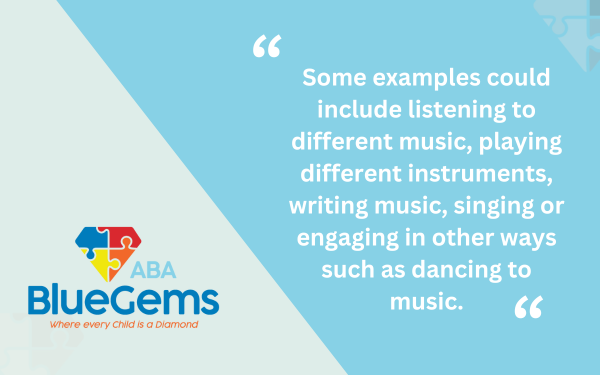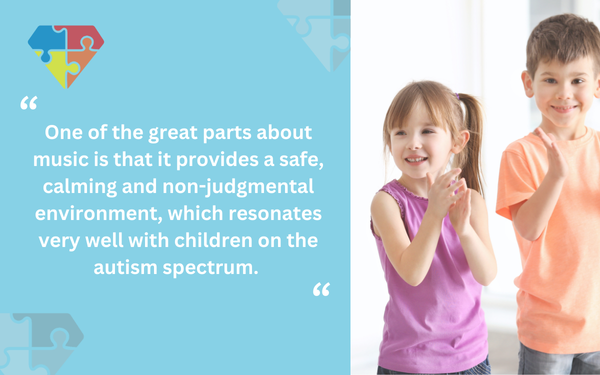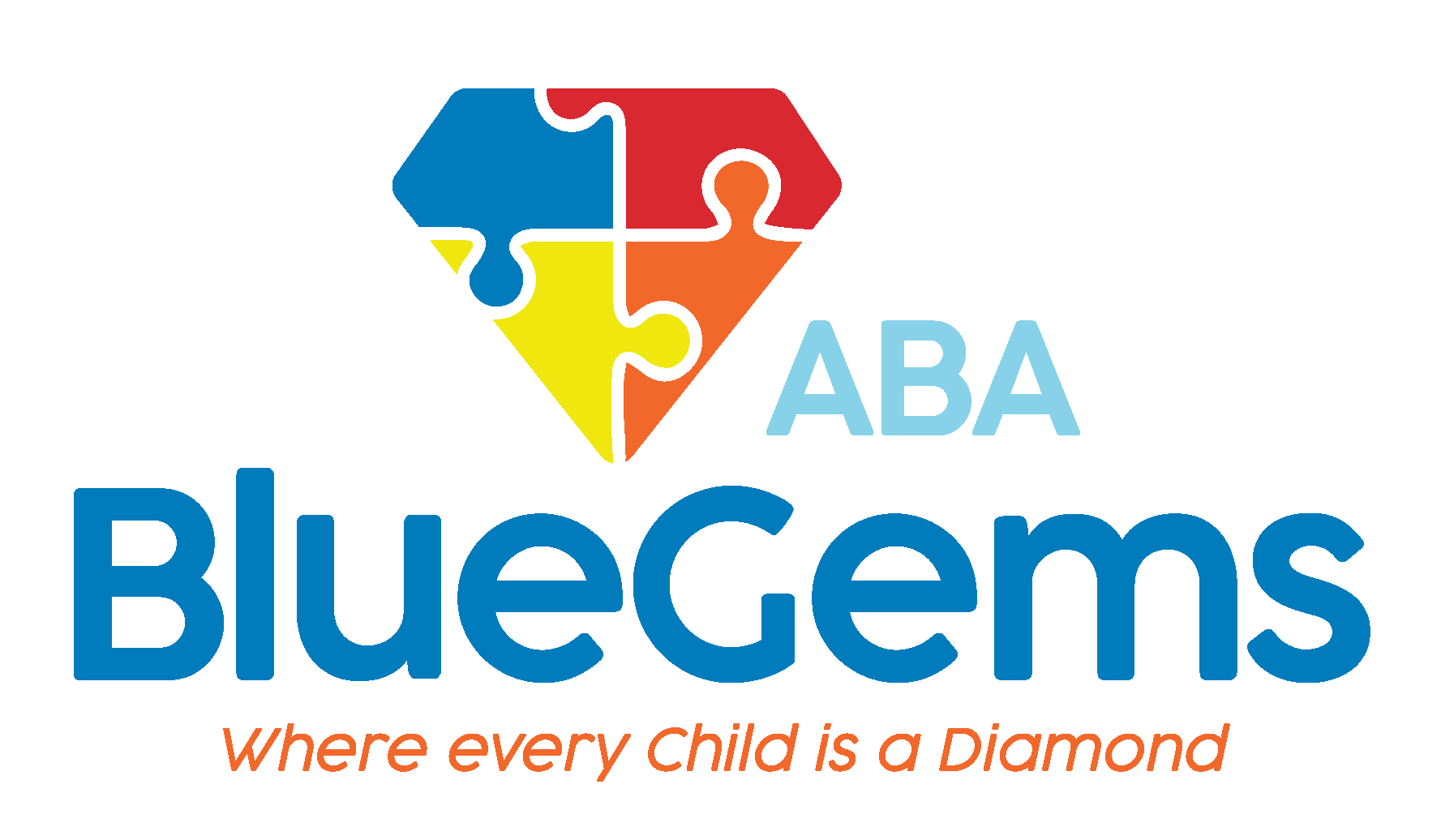Autism and Music Therapy
Music is an extremely powerful art form. It’s a great way for people performing the music to express themselves in unique ways, while also eliciting strong emotions in the people who are listening to it.
Music can make us happy, calm us down or get us excited. Many people associate specific pieces of music with events in their lives, and simply listening to it can spark memories from their past.
Music has also proven to have calming effects on people, and can even help to teach specific skills. That’s why music therapy is often used to help people address some unique challenges that they may be facing.
For children with autism spectrum disorder (ASD), music therapy can be a valuable tool to help them improve their cognitive, emotional, social and physical well-being. Like other leading treatments for children with autism such as applied behavior analysis (ABA therapy), music therapy is based on scientific evidence that has proven the benefits of it.
Let’s dive deeper into autism and music therapy, exploring how rhythm and melody can help.
Table Of Contents
What is Music Therapy?
Music therapy is a distinct form of therapy that uses music to help support people’s needs. It isn’t only used for people on the autism spectrum, but it has proven to be especially effective for them.
Like ABA therapy, music therapy can be customized specifically to each individual’s unique strengths, challenges and preferences. In this way, it can be considered a very targeted therapy, as it understands that no two children with ASD are exactly the same.

Music therapists will use many different elements of music, including melody, lyrics, melody and harmony, as they facilitate desired outcomes by engaging patients in the therapy. Some examples could include listening to different music, playing different instruments, writing music, singing or engaging in other ways such as dancing to music.
What Benefits Does Music Therapy Provide for Children with Autism?
One of the great parts about music is that it provides a safe, calming and non-judgmental environment, which resonates very well with children on the autism spectrum. With the support of a trained music therapist, children with ASD can learn how to better express themselves in unique ways, while also developing other essential skills.

Music therapy can be very effective at addressing communication deficits, which is a challenge that many children with autism face. By playing music, listening to music and engaging with music in different ways, children will learn how to communicate how they’re feeling while also developing both nonverbal and verbal communication skills.
Through music therapy, individuals can also improve how they interpret and respond to different nonverbal cues, which is an important aspect of effective communication.
Since many children with autism also struggle with social interactions, music therapy is often thought of as a solid part of an overall treatment plan. Music therapy will engage children with other people in an environment that is inviting, welcoming and feels safe.
Children can learn how to better interact with their peers and with adults they don’t know. They can learn other skills such as taking turns, working collaboratively, listening to instructions and what other people have to say, and then responding appropriately.
In addition, music therapy can help children on the autism spectrum manage sensory sensitivities, which are common among this cohort. That’s because music provides children with a structured and controlled environment to have a sensory-fulfilling experience.
Therapists can carefully tailor the music they use in sessions to target the specific needs of each individual.
Can Music Therapy Be Integrated into ABA Therapy?
Music therapy and ABA therapy share a lot of the same principles.
They are flexible treatment plans that can be customized to each child’s unique strengths, challenges, preferences and needs. They help children with autism build confidence, improve skills and reduce instances of potentially harmful behaviors.
Music therapy is more limited in terms of how it can be used to fully support children on the autism spectrum, but it can certainly be integrated into an overarching ABA therapy treatment plan to help children achieve their goals in a safe, fun and engaging environment.
By integrating music therapy into the treatment plan, ABA therapists can help better support children on the autism spectrum as they seek to help them build the social, communication and daily life skills with which they typically struggle.
Blue Gems ABA Uses Many Strategies to Support Children with Autism
Music therapy has proven to have many benefits for children with ASD. That’s why it’s a valuable tool that can be used as part of an overall treatment plan for children on the autism spectrum.
At Blue Gems ABA, our team of experienced professionals uses many different strategies to support children with autism, including music therapy. We cater each ABA therapy treatment plan specifically to each individual’s unique strengths and challenges, thereby helping them build skills, reduce problem behaviors and live more independently.
To learn more, please contact us today.




